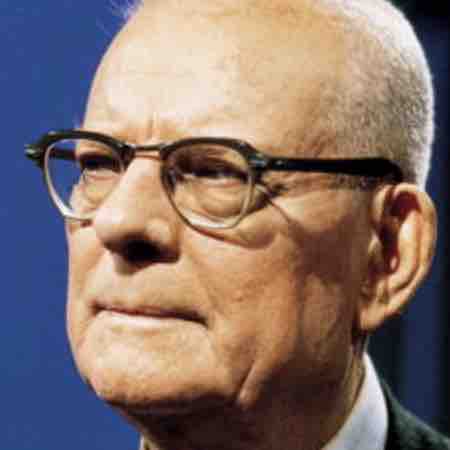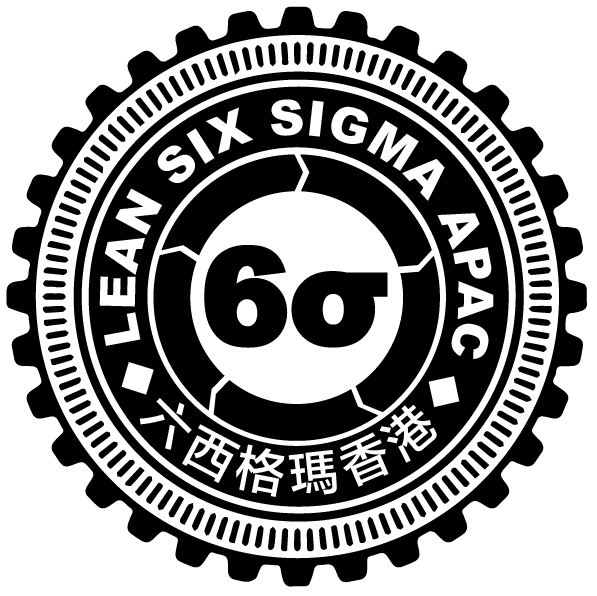About Lean Six Sigma
Combining the best of two worlds.
Lean Management
Lean Management was developed in post-war Japan when capital and other resources were scarce, and consumer markets dominated by foreign companies. Toyoda Kiichiro, Toyoda Eiji, Ohno Taichi, Shingō Shigeo and others conceptualized a revolutionary production system at Toyota that focussed on efficiently utilizing the available resources by minimizing inventories and drastically shortening order lead times. James P. Womack, Daniel T. Jones and other American engineers understood the revolutionary impact it had, and analyzed and promoted it as Lean Management or Lean Production in the Western World in the 1990s.
The Principles of Lean Management
- Avoid whatever is unnecessary from the customer point of view (concept of muda).
- Efficiently use the available resources, i.e. operators, machines and material.
- The most valuable proxy objectives are short lead times and low inventories.
- Pull your material in a continuous flow according to a takt time given by the sales orders (Kanban and Just-in-Time concept).
- Automate with a human touch (Jidōka concept): Stop-and-solve processes in case of abnormalities, and ease-and-enrich labor by detaching human work from machine work (Andon, Chaku-Chaku, Pokayoke, SMED, TPM, etc.)
- Level your material flows (Heijunka concept).
- Standardize work.
- Illustrate by visual management.
- Continuously improve your processes (Kaizen concept).
- Lead people from the front-line (Hanchō, Kumichō concept).
- Use value stream mapping and design to simultaneously optimize material and information flows.
Six Sigma
Six Sigma was developed in the United States in the 1970s by Bob Galvin at Motora and by Jack Welch at General Electric, based on earlier works of Walter A. Shewhart, W. Edwards Deming, an others in the former Total Quality Movement. Today Six Sigma is both a quality and process performance standard for a virtually errror-free production, as well as management system and working style.
The Principles of Six Sigma
- Base your management primarily on data, facts, and figures (show-me-the-data attitude).
- Carry out your projects and planning in a scientific way (DMAIC cycle).
- Strive for Six Sigma quality not only in the final quality gate, but throughout your business processes.
- In doubt, execute and request statistical analyses.
- Ensure well-trained staff by implementing a company-wide Six Sigma belt system.
- For serious data analysis and visualization, Excel is not sufficient. Use R or Minitab instead.
- Learn and practice a wide set of best-practice tools (Six Sigma toolbox).
Lean Six Sigma
Lean Six Sigma brings together the best of both worlds: Creative, best-practise lean approaches, combined with meticulous, state-of-the-art scientific thinking, experimenting, and eliciting.
Lean Six Sigma Hong Kong/Asia Pacific
By offering Lean Six Sigma training and certification, we are striving to support companies in Hong Kong and Asia Pacific improving their processes. The skills, methods, and tools are equally suitable for manufacturing and supply chain processes as well as for the service industry.


